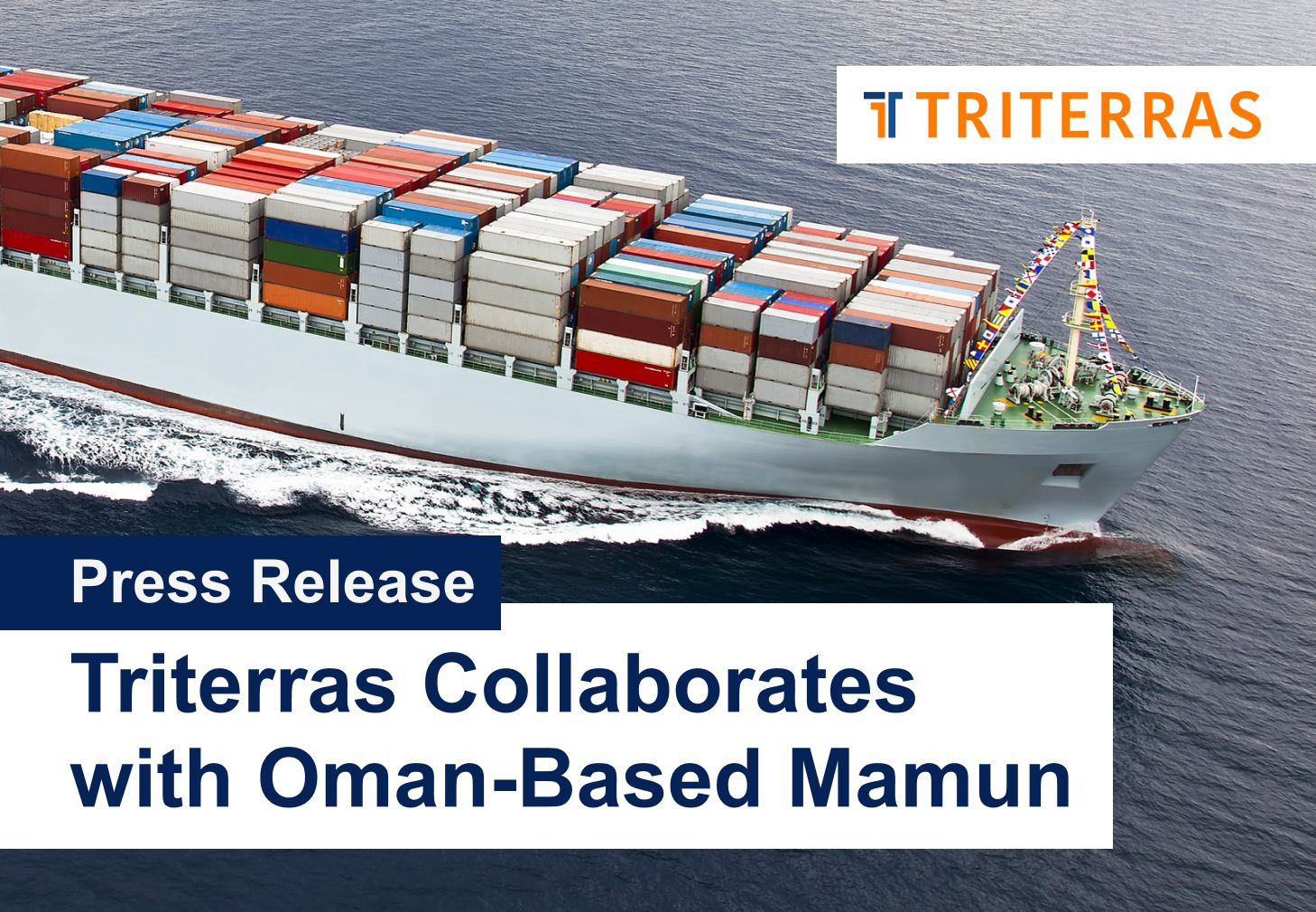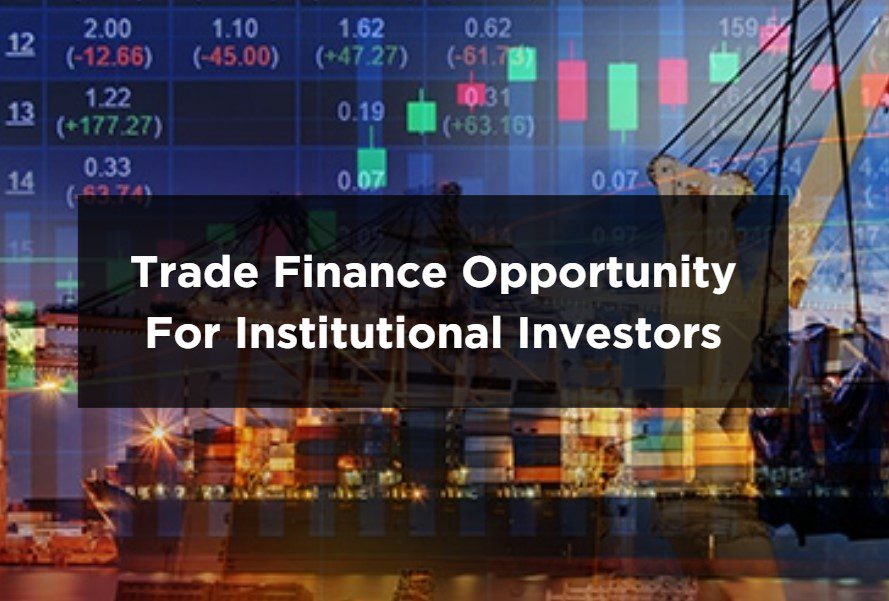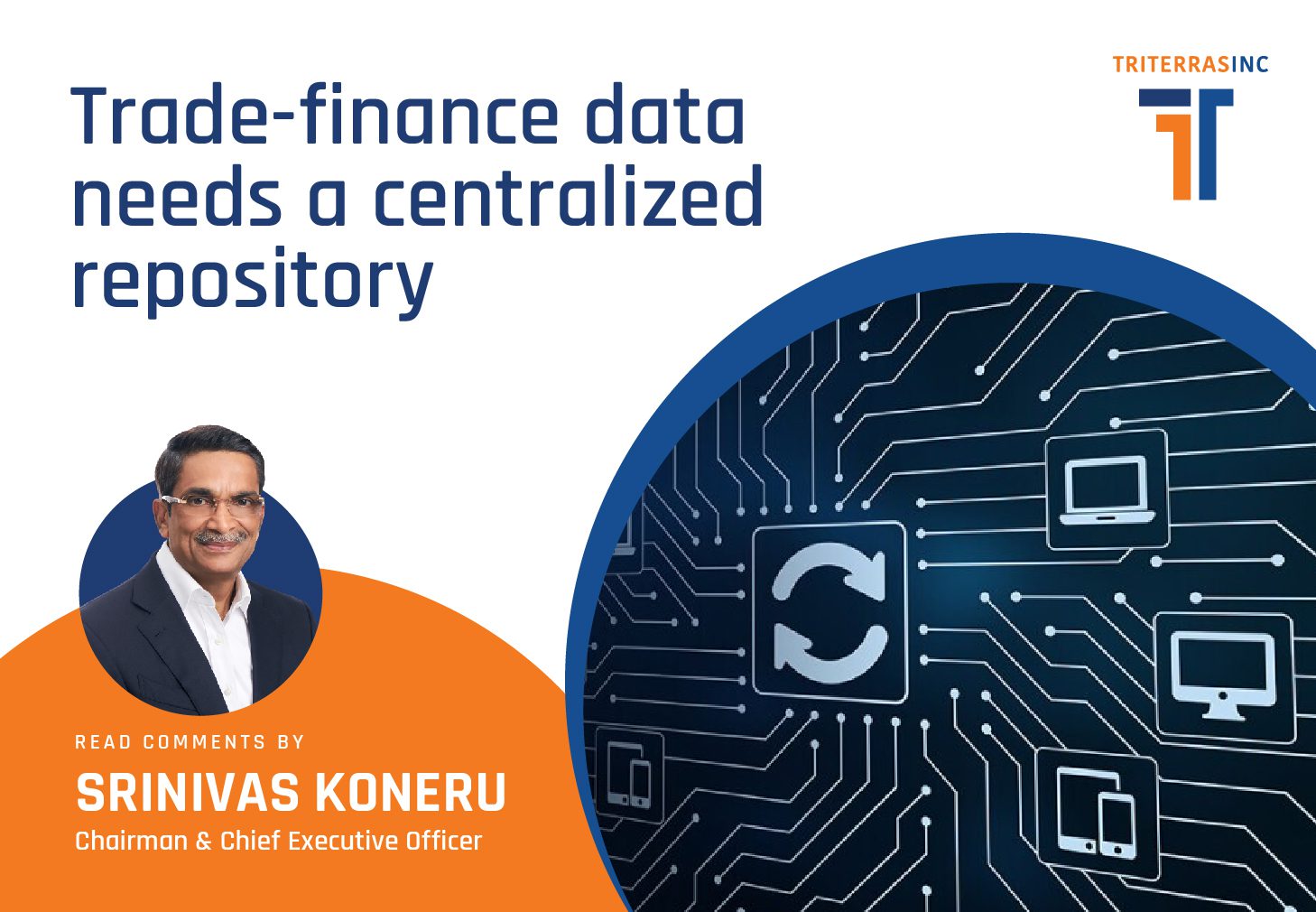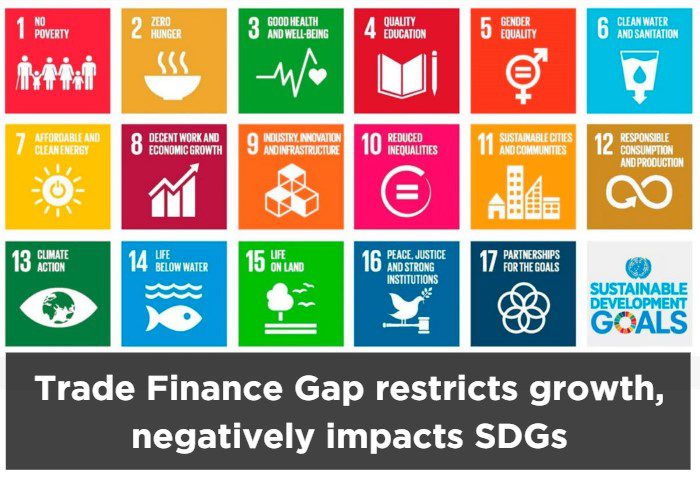To survive a recession, a small business must first be aware of its immediate, medium-term, and long-term impacts. They include reduced cash inflows, loss of demand, forced budget cuts, loss of staff, stifled marketing, and scarcity of borrowing options. All these can result in shrinking working capital and may lead to declining sales and net profits. Though a small business is more flexible than a large organization, it is more vulnerable due to lack of scale and faces a higher risk of failure if it cannot sense a recession and overhaul its strategies in time.
However, because of its small size, an SME can also reorient its business direction at short notice without great internal upheavals. Furthermore, small businesses can also tap the emerging growth opportunities as the larger organizations will be going for radical cost-cutting, freezing new recruitments, resorting to layoffs, and snipping supplier contracts. Thus, a small business can capitalize on the above developments and benefit from them.
As approaching economic recessions generally begin to show some signs much before their onset, the first strategy to survive a recession is to stay alert for those signs. They may include increasing joblessness, rising interest rates, a generally weak market demand, reduced consumer spending, an inverted treasury yield curve, continuous losses in the stock markets, and a drop in housing construction. A small business should start strategizing as soon as some of these recession indicators start flashing anywhere in the vicinity.
As a business owner, you should start taking requisite measures to protect your cash flows as soon as you confirm that a recession is coming. You may cut down on unessential spending and renegotiate contracts with suppliers, vendors, principals, and creditors, wherever possible. You can also strategize for collaterals and financial assistance while you can still avail finance. When borrowing to weather a recession, you should be careful not to overleverage your business or personal assets but stick to what you can’t do without.
The next thing to do is to start investing in your prevailing customers to ensure that they will stay with you throughout the recession because it is always costlier to acquire new customers than to retain existing relationships. Meanwhile, do not stop marketing. One of the worst mistakes small businesses commit during a recession is drastically reducing marketing activities. As a small business cannot afford to lose skilled, experienced, and proficient employees, you should strategize to increase bonding with your existing employees and, if possible, induct new talent that fits your company’s culture.
As a small business owner, you need to focus on your core competencies during a recession – on what your business is really good at and known for, rather than trying out new territories where you lack experience and understanding. Focus your budget on core competencies and reduce spending on weak products and services. Find ways to create multiple revenue streams and strive to generate higher income with your core products and services.
Last but not least, always keep in mind that a recession is also an excellent time for tapping new opportunities as unprepared competitors or poorly managed businesses will cease to exist, leaving some gaps for those who are resilient enough to capitalize on as well as to pick up the pieces and forge ahead. Furthermore, a recession is also the time to switch to cost-effective automation while seeking ways to delegate more tasks, responsibilities, and authority to competent employees.



















